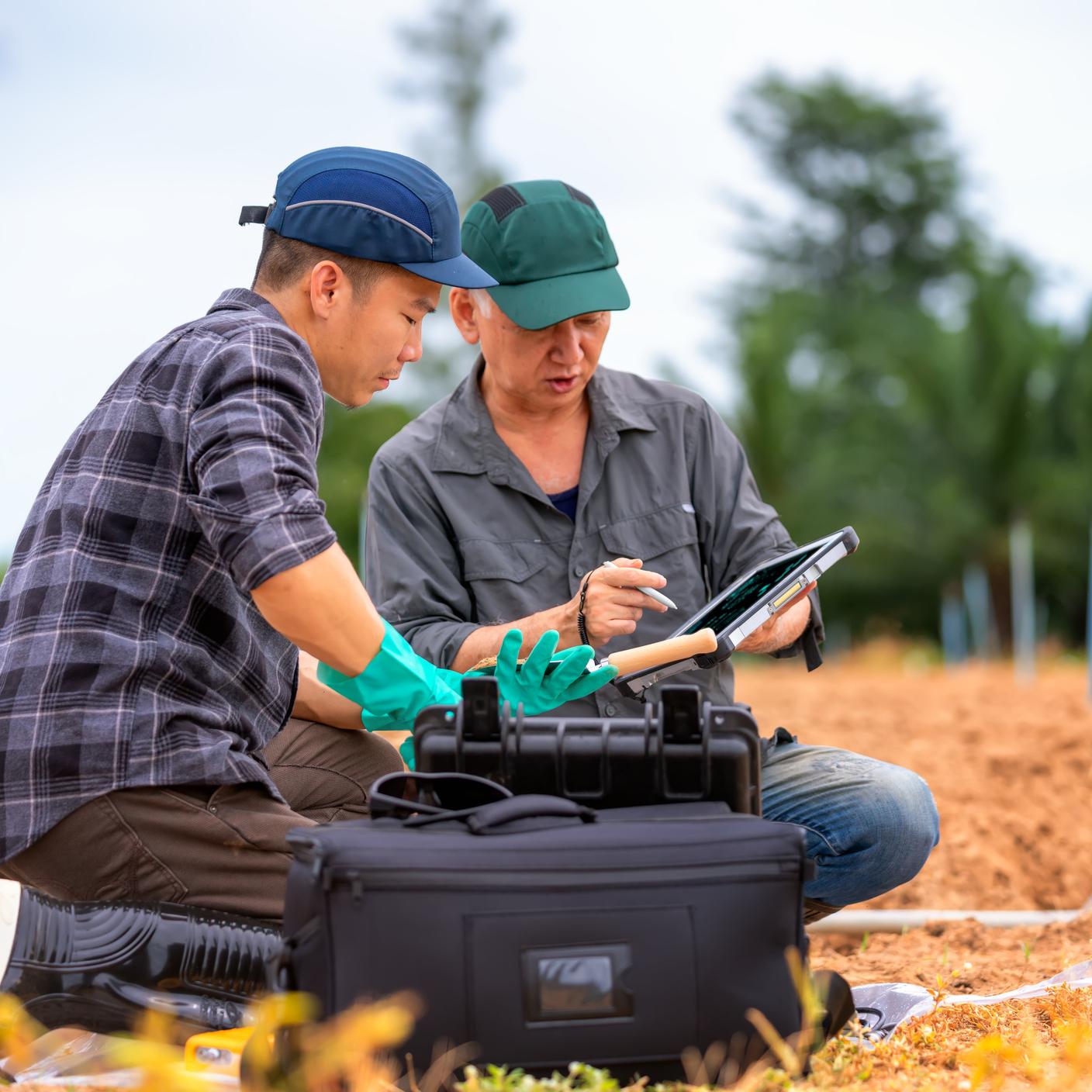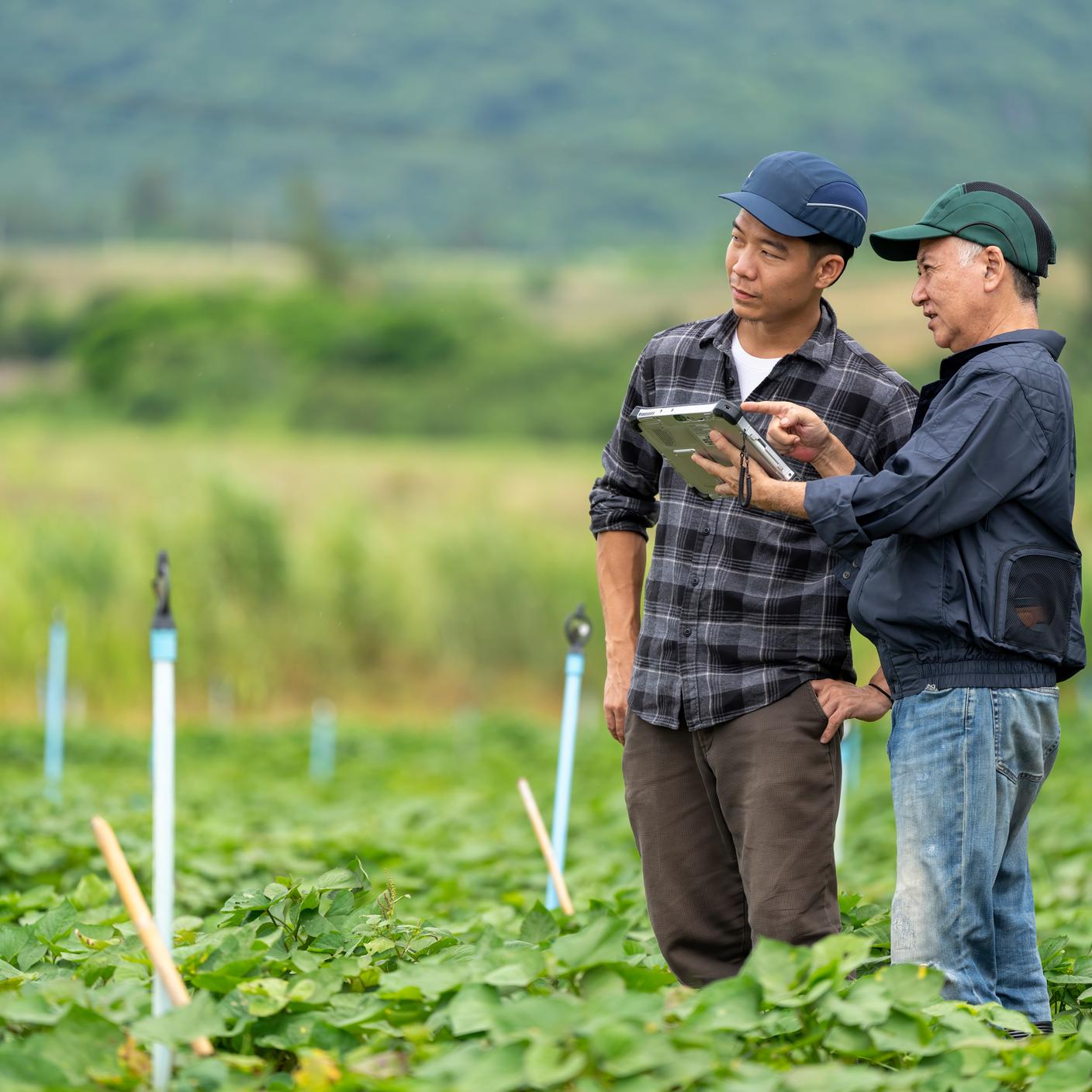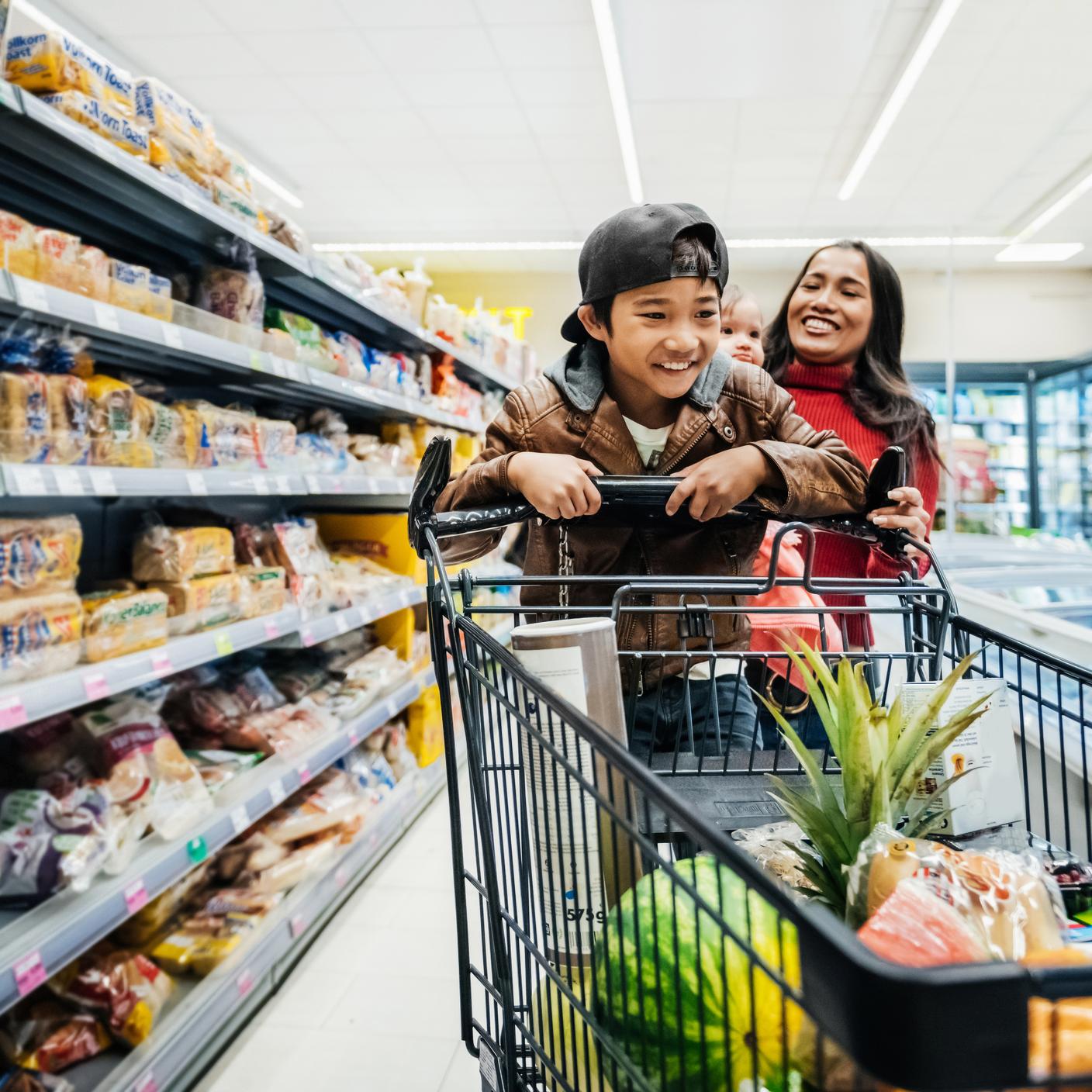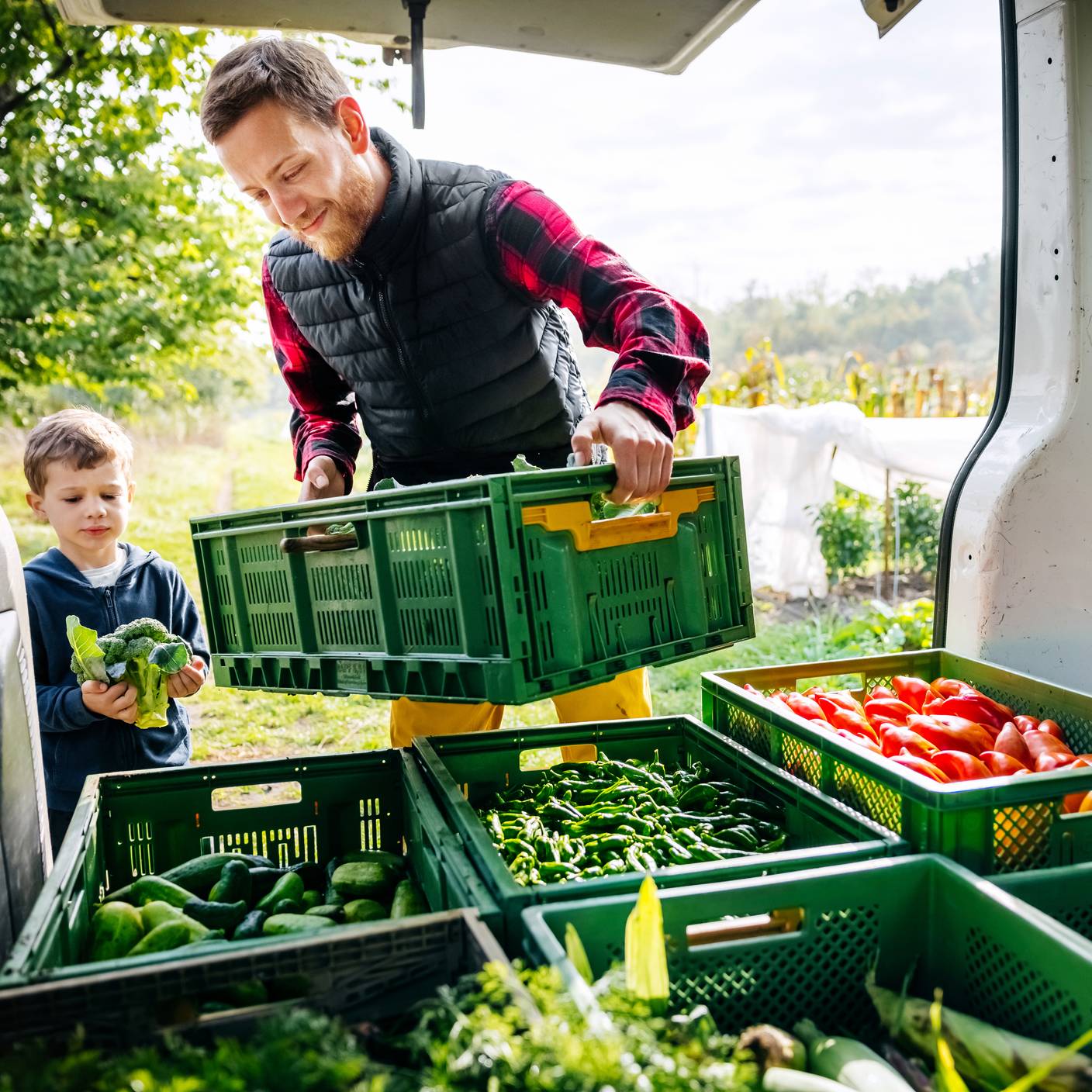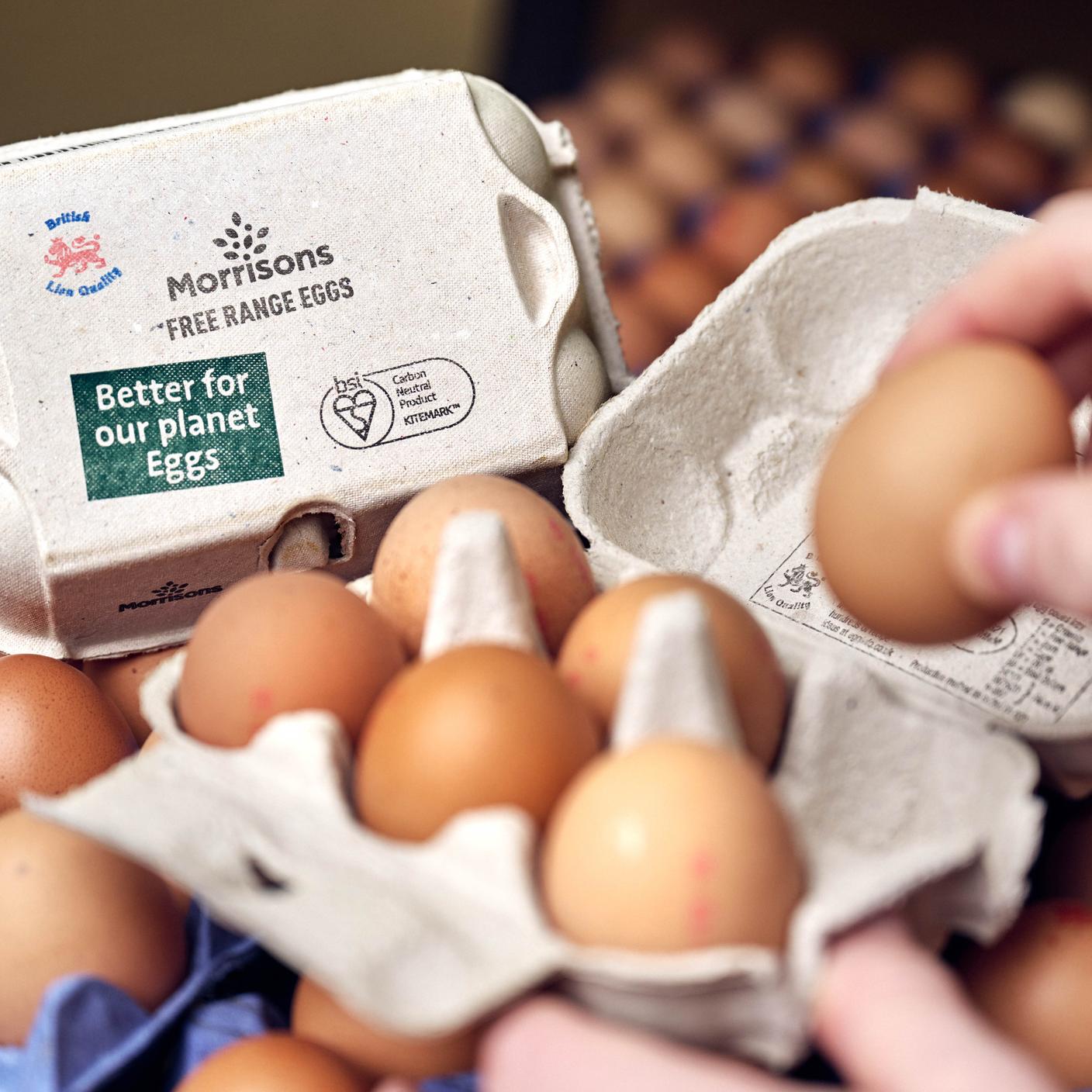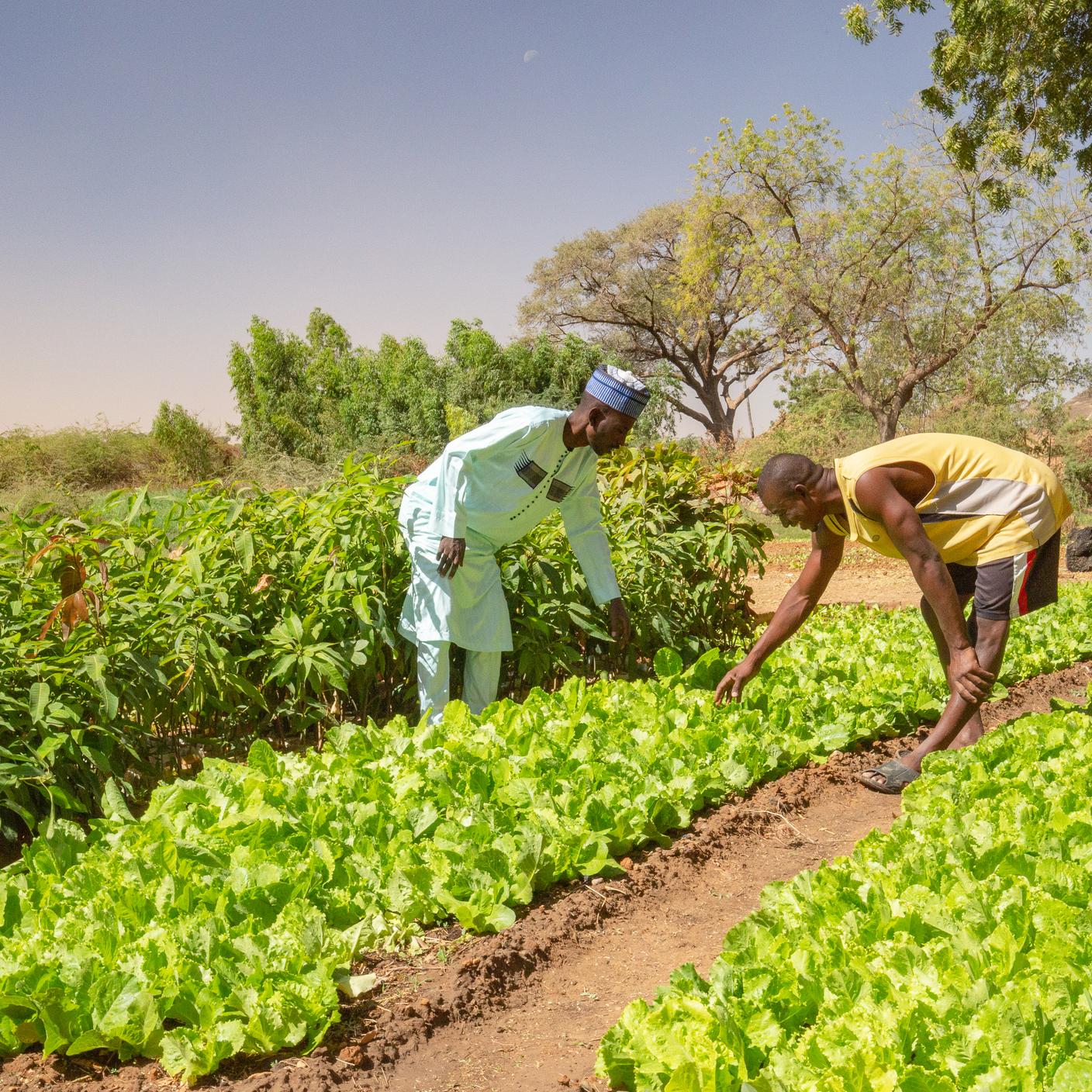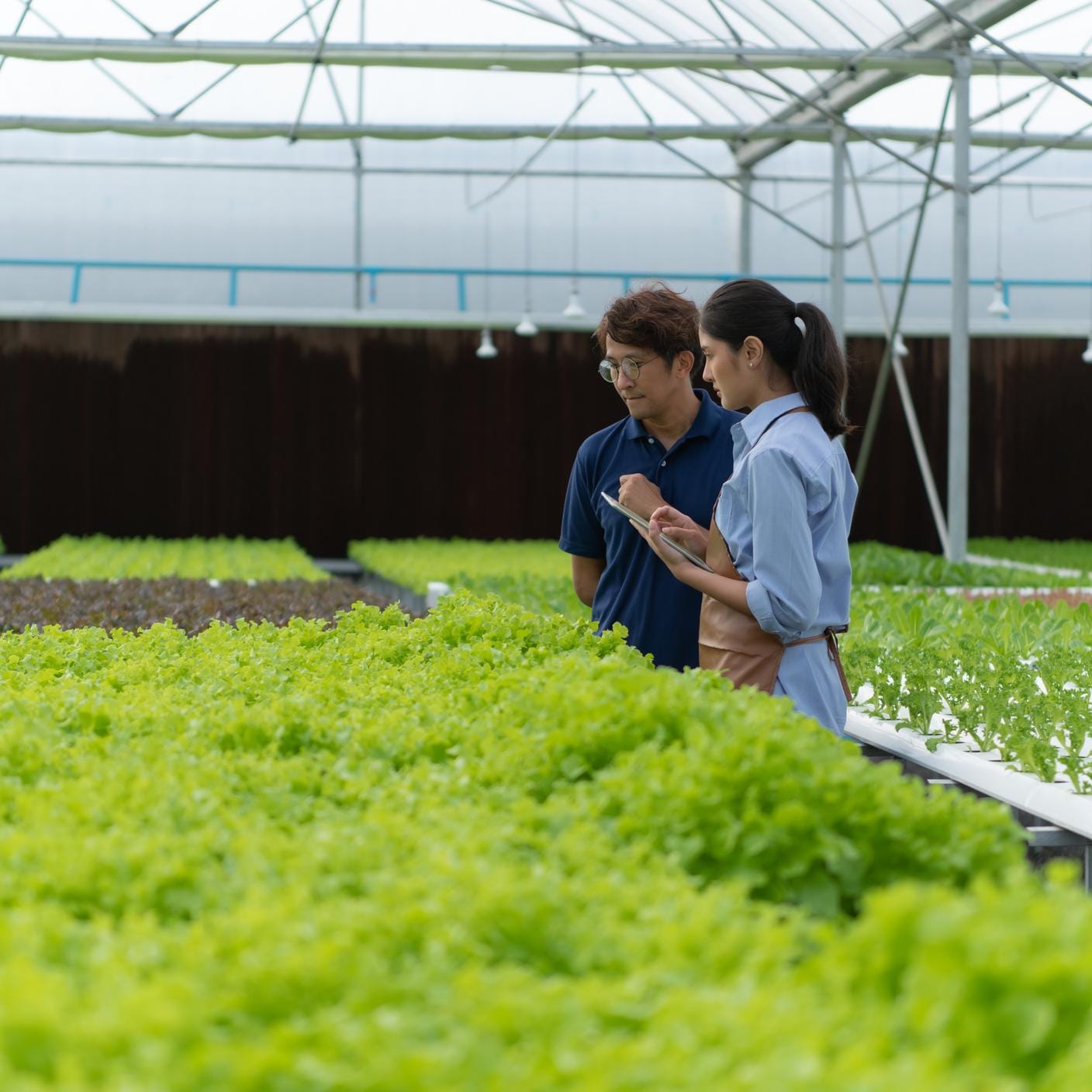Around the world, we’re all feeling the effects of climate change, as natural disasters impact supply chain security and operations in the food sector. With supply chains optimized for efficiency, rather than resiliency, climate could become the weakest link in the food sector.
Although the global food system accounts for around one-third of human-caused greenhouse gas (GHG) emissions, it also presents a powerful solution for food organizations to support governments and for society to achieve major climate goals.
Droughts and floods could be an inevitable part of the future. With the right knowledge and preparation, your organization can plan ahead for continuity and even become part of the solution.
How unpredictable events can affect the supply chain
According to National Oceanic and Atmospheric Administration (NOAA) stats from 1980 to 2021, the annual average for weather and climate disaster events in the United States was 7.7. The annual average between 2017 and 2021 increased to 17.8.
This increase in extreme climate events has the potential to cause several challenges, such as:
Higher consumer prices and increased risk
Disasters like hurricanes can affect food transportation and infrastructure. And drier conditions like drought can cause agricultural decline and harvest yields to deteriorate.
These reductions in harvest could increase prices and in turn, expose the products to potentially become targets of theft.
One example is Hurricane Ian in 2022, responsible for a catastrophic storm surge and damaging winds causing freshwater flooding across most of central and northern Florida, and loss of power to the entire island of Cuba. Hurricane Ian was responsible for 150 deaths and more than $112 billion in damage.
Significant financial and agricultural loss
In 2022, NOAA tracked 18 weather or climate disaster events with losses of over $1 billion. Similarly, weather and water-related incidents that occurred across South-East Asia in 2021 are estimated to have cost around $35.6 billion USD in damages in the region.
The following year, historic flooding in Pakistan destroyed or damaged roughly four million acres of agricultural land with a devastating environmental impact.
Backtracking on climate goals
When Russia invaded Ukraine in 2022, many European supermarkets had to ration sunflower oil, which had become nearly impossible to export. Brands using sunflower oil had to make quick changes to their formulations with some resorting to palm oil, a product associated with deforestation.
The same year, China’s Sichuan province suffered a serious drought, severely limiting energy availability and forcing officials to impose power cuts on factories. As a result, China backtracked on its goal to reduce coal dependency, instead expanding coal mining capacity to shore up energy availability in case of further risk.
These situations show how quickly commitments to sustainability can backslide when organizations have their production schedules compromised by natural disasters.
What your organization can do to be better prepared
As climate change and extreme weather weaken supply chain security, organizations can be better prepared by planning ahead in the following ways.
Start early on in the process
Embedding procedures as early on as possible (ideally when starting work with a new supplier or when a site is still being set up) can bring significant benefits down the line. This might include collaboration, exercises and drills to uncover any missed scenarios. It might also include making sure that weather analysis is part of the initial site selection.
Plan for business continuity
The best plans will have thought through how operations will continue in the event of disruption or disaster. Include key personnel and their roles as well as backup suppliers or alternative facilities.
Make resilience a priority
Identify critical suppliers, stockpile critical inventory and establish alternative routes for transport. Having effective and up-to-date intelligence to understand risks properly, assess how severe they are and know how to respond, can bring benefits.
Climate change may be a reality, but organizations in the food sector have the opportunity to be part of the solution and, with good knowledge and planning, can face the future with greater confidence.

